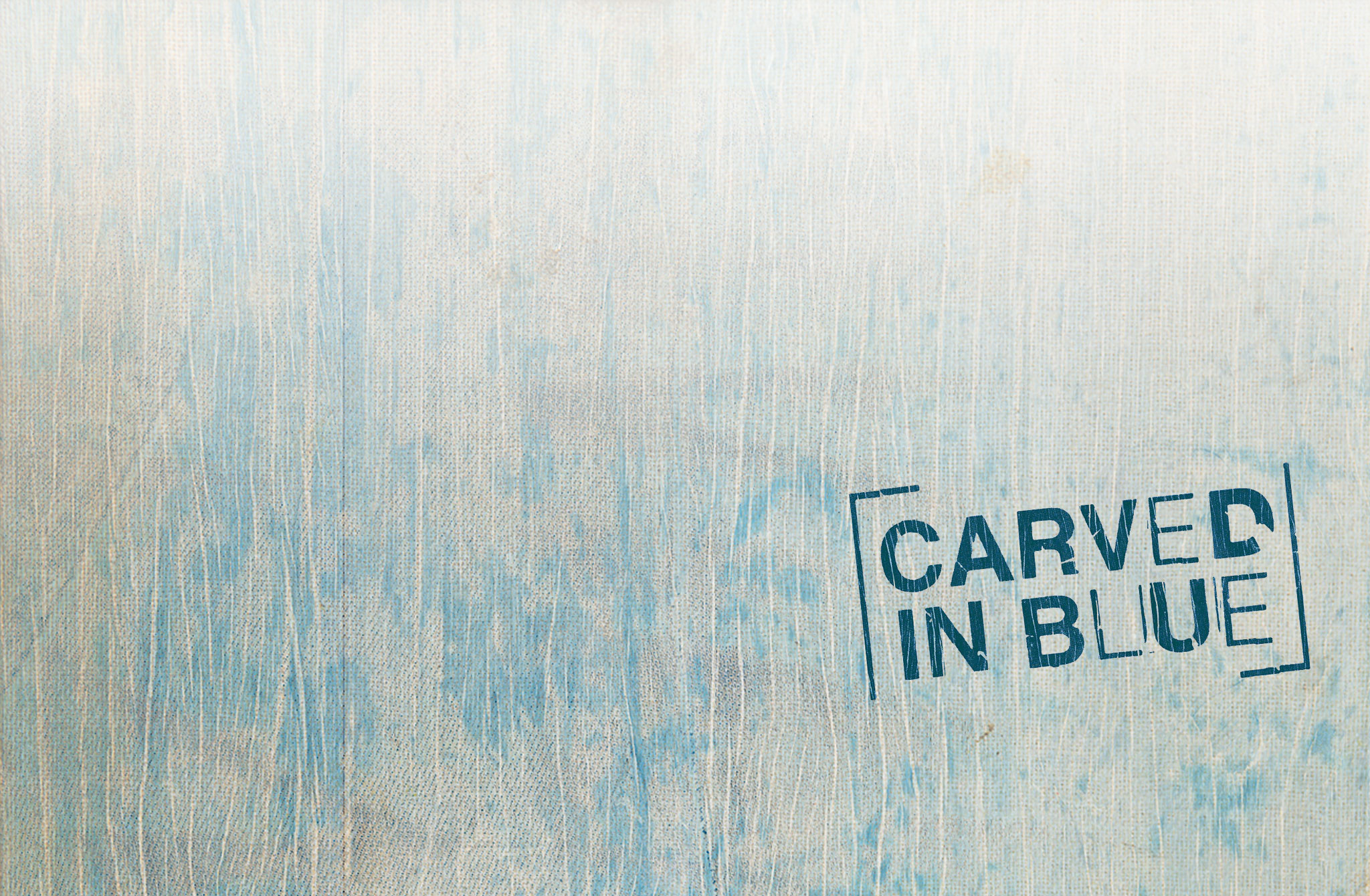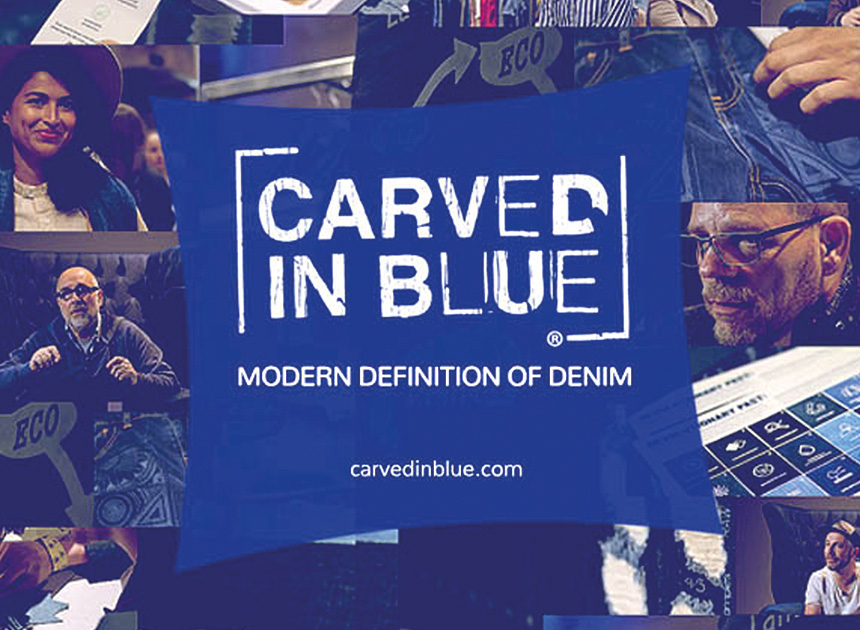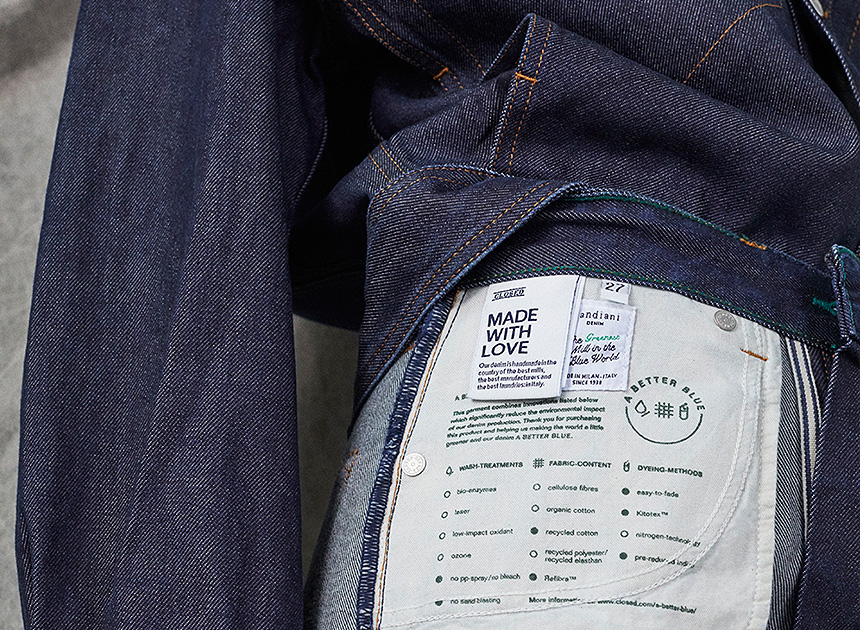
Denim Special Edition
Visit Carved in Blue, a blog produced and curated by the denim team at Lenzing.
 © Lenzing
© Lenzing
Modern Definition of Denim Video Series Launch
Consumers today are demanding more from their denim than ever before. It needs to be comfortable, functional and perhaps most crucially, it needs to be produced responsibly. So the question is what do industry professionals think about the challenge ahead? The “Modern Definition of Denim,” a new Carved in Blue video series from TENCEL™ Denim, rallies a dozen industry stalwarts to explore their views, values and future thoughts. With technology and trends ever evolving, can the industry embrace those creative and greener opportunities?
 © CLOSED
© CLOSED
CLOSED Denim brings TENCEL™ X REFIBRA™ denim to its collection
Denim is getting cleaner and leaders in the space are tapping into the raw materials and new technologies to keep their own products green. CLOSED, a Hamburg, Germany-based clothing brand, is one of them. The company, in partnership with Candiani, has launched “A Better Blue” line of denim designed to further advance the product’s circularity. And, the jeans will incorporate TENCEL™ x REFIBRA™ Lyocell fibers. “Our longtime weaving partner Candiani from Italy has been pursuing a sustainability strategy for years and of course the REFIBRA™ technology fitted perfectly in there,” CLOSED denim developer Uwe Kippschnieder, said. “We were convinced by the fact how much water you can save by creating a pair of jeans that does not need fresh cotton. The product now on the market is 50 percent TENCEL™ x REFIBRA™ Lyocell and 50 percent cotton waste from Candiani production. The water savings for a pair of jeans is 2,600 liters, which is huge. We keep transportation very short. All our women’s and men’s jeans are made 100 percent in Italy near Milan.”
 © Shirley Zheng
© Shirley Zheng
Welcome to Ian Berry’ s ‘Hotel California’
Ian Berry’s newest art installation lets you swan-dive right into denim. Known for his unique work using only denim jeans, the newest exhibit from the London-based artist turns denim to water in bright pieces inspired by The Golden State. “Hotel California” in London’s Catto Gallery layers small bits of jeans to create photo-realistic pieces—without using any paints, dyes or bleaches. Pieces are based on Los Angeles hotels, with shades of denim recreating palms trees and swimmers’ ripples. Playing off the iconic Eagles song of the same name, the “Hotel California” entrance is made into a record store with a blown-up version of the 1977 album cover in the window. The entire exhibit is made without using any paint, bleaches or dyes.
 © Dokuz Eylul University
© Dokuz Eylul University
Turkish University tests natural dyes for textiles
As the denim and apparel industry moves toward more natural materials and inputs, some are leading the changes in developing those materials for an industry in need. That’s one of the things that faculty and students at Dokuz Eylül University in ?zmir, Turkey, are working on. In the Faculty of Fine Arts, Textile and Fashion Design Department, there are three Bachelor’s Degree majors, plus post graduate education in the Institute of Fine Arts at Faculty of Fine Arts. Each is designed to train creative and innovative designer candidates to the textile and fashion sector, according to Professor Dr. Özlenen ERDEM İŞMAL. Currently, one study is focused on using natural dyes in place of their more synthetic counterparts.
 © Blue of Kind
© Blue of Kind
How Blue of a Kind makes old denim new and chic
They say one man’s trash is another man’s treasure, but few are making as much of that concept as Blue of a Kind. The brand “rediscovers and refits” discarded vintage denim handcrafted with the use of leftovers and surplus, because, as its tagline notes, “the world doesn’t need another fashion company.” That’s why Blue of a Kind founder and CEO Fabrizio Consoli is doing what he’s doing—it’s about creating new denim without adding any further injury to the environment. Find out what’s on Fabrizio’s mind where sustainability is concerned and what’s next for the brand redefining denim.
